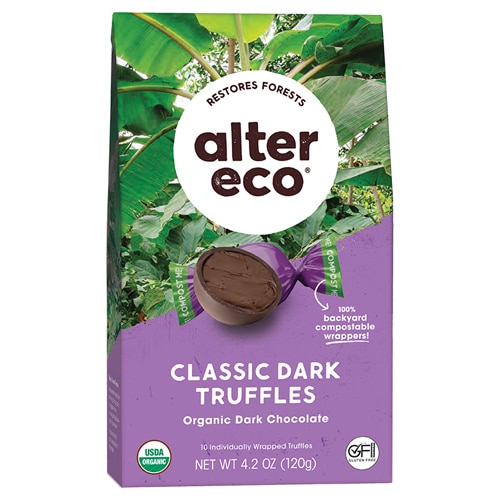 “You can use your power as a consumer to drive down the production of the types of meat which have the biggest impact on our climate,” the Less Meat Less Heat group says of the Climatarian diet.
The group explains that adhering to the Climatarian diet requires a basic knowledge of the carbon footprint of meat and dairy products. Even without that knowledge, anyone adopting the Climatarian diet should know this: Beef, lamb and goat rank as the meats with the largest carbon footprints.
According to Harvard University’s T.H. Chan School of Public Health, production of animal-based foods typically generates higher greenhouse gas emissions than production of plant-based foods. On the scale of greenhouse gas emissions, beef, lamb and goat rank highest among animal-based foods. Next in line are dairy (milk and cheese), pork and poultry.
“You can use your power as a consumer to drive down the production of the types of meat which have the biggest impact on our climate,” the Less Meat Less Heat group says of the Climatarian diet.
The group explains that adhering to the Climatarian diet requires a basic knowledge of the carbon footprint of meat and dairy products. Even without that knowledge, anyone adopting the Climatarian diet should know this: Beef, lamb and goat rank as the meats with the largest carbon footprints.
According to Harvard University’s T.H. Chan School of Public Health, production of animal-based foods typically generates higher greenhouse gas emissions than production of plant-based foods. On the scale of greenhouse gas emissions, beef, lamb and goat rank highest among animal-based foods. Next in line are dairy (milk and cheese), pork and poultry.
Alter Eco Organic Classic Dark Truffles Dark Chocolate Description
-
Enlightened Indulgence
-
Dark Chocolate Truffles
-
Made with Pure Coconut Oil
-
USDA Organic
-
Fair Trade Certified
-
Gluten Free
-
Non-GMO Project Verified
-
Made In Switzerland
A Classic Redefined
Fans of our award-winning bars will recognize the deep, smooth Ecuadorian chocolate surrounding these sumptuous truffles. Inside, nourishing coconut oil meets milk and cacao for a center so creamy, its virtues will melt your defenses.
Indulgence, enlightened
These truffles are as organic, fair trade, gluten free, and non-GMO as it gets. And the amazing silky, melty texture inside comes form pure organic coconut oil - a sustainable alternative to palm kernel oil. We believe the old cliché is actually true: we are what we eat. So let's all be mindfully delicious.
Coconut Oil: Goodness all around
Why coconut oil? Its been used for thousands of years by cultures all over the world for its qualities. We use only the pure organic variety in our truffles for the amazing silky, melty texture it adds -and, importantly, to support a sustainable alternative to palm kernel oil.
*These statements have not been evaluated by the Food and Drug Administration. This product is not intended to diagnose, treat, cure, or prevent any disease.
| Amount Per Serving | % Daily Value | |
| Calories | 230 | |
| Calories from Fat | 170 | |
| Total Fat | 19 g | 29% |
| Saturated Fat | 13 g | 65% |
| Trans Fat | 0 g | |
| Cholesterol | 0 mg | 0% |
| Sodium | 0 mg | 0% |
| Total Carbohydrate | 15 g | 5% |
| Dietary Fiber | 2 g | 8% |
| Sugars | 12 g | |
| Protein | 1 g | |
| Vitamin A | 0 | 0% |
| Vitamin C | 0 | 0% |
| Calcium | 0 | 0% |
| Iron | 0 | 15% |
Contains Milk and coconut. Made on equipment shared with tree nuts and soy.
*Fair Trade Certified™.



